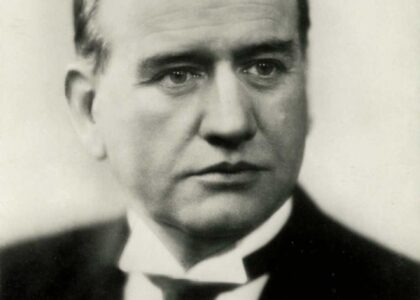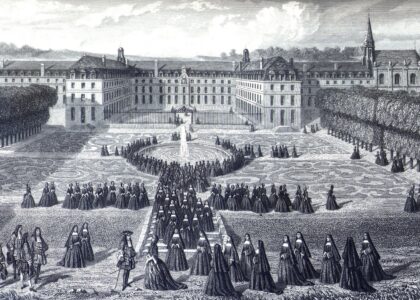Welcome to the Kentucky Monument, a poignant reminder of the American Civil War’s complex history, standing amidst the lush landscapes of Georgia. While its name might suggest a location in the Bluegrass State, this monument actually commemorates the Kentucky soldiers who fought in the Battle of Chickamauga, a pivotal clash in the Civil War.
The monument was erected in 1886, a testament to the sacrifices made by the Kentucky brigades who fought on these hallowed grounds. Kentucky, a border state with divided loyalties, sent soldiers to both the Union and Confederate armies. This monument honors those who fought for the Confederacy, reflecting the state’s complicated position during the war.
The Battle of Chickamauga, fought between September 18-20, 1863, was one of the war’s bloodiest engagements, second only to the Battle of Gettysburg in terms of casualties. It marked a significant Confederate victory under General Braxton Bragg, who led the Army of Tennessee. Despite this tactical triumph, the Confederate forces failed to capitalize on their success, and the Union army soon regained control of the region.
Over the years, the Kentucky Monument has become a site of reflection and education. It stands as part of the Chickamauga and Chattanooga National Military Park, the first such park established in the United States, dedicated in 1895. This park was created through the efforts of veterans from both sides who wanted to preserve the battlefield for future generations to learn from.
Notable figures associated with this site include Major General John C. Breckinridge, a Kentuckian who served as the Confederate Secretary of War and later became a prominent advocate for reconciliation post-war. His presence and actions in battles like Chickamauga underscore the divided allegiances within Kentucky at the time.
As you visit, imagine the echoes of history that linger in this place, where soldiers from Kentucky once marched, fought, and fell. The monument serves not only as a memory of past conflicts but also as a reminder of the enduring complexities of the American Civil War.




